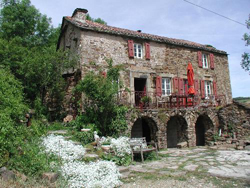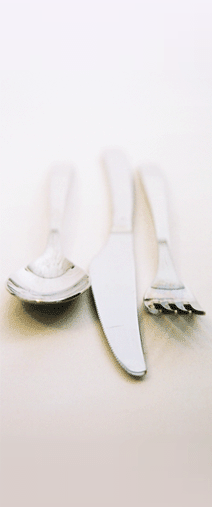
The Dream House of the Moment
1. The Weather
We have spent time in France now during nearly every month of the calendar and often in very different parts.
This includes November in the Cote d’Azure and in the Loire.
Time spent by the Loire during January.
Countless Julys spent everywhere from Brittany, down through Poiteau, Charante, the Lot, The Gard, Languedoc, the Auvergne, Provence etc etc.
August in the Tarn and Roussillon, Burgundy and again the Loire.
An excellent Easter in Alsace, and on every occasion –bar one fairly miserable Easter in Normandy- we have always had better weather than we would have had in Ireland.
The evidence is clear:
The Weather is Better in France.
2. The Food
Yes I know we are getting better here and our markets are becoming much more impressive but we still have a long way to go before we reach the heady standards of the French village market.
The fact that more sun gets their fruits to optimum ripeness there is one factor, but, probably even more important, is the highly discriminatory, not to mention thrifty, French housewife who wouldn’t dream of buying any product if even the slightest bit sub standard, or overpriced.
Observe the queues outside those stalls selling the choicest fruit in the markets, then join them.
This ultimately insures the high quality and cheapness of food there.
3. The Wine
This is one of price pure and simple.
We can buy wine in France for at least half the cost of wine here, and with a little travelling and ferreting out we can spend about a quarter.
( we were buying excellent red from a local cave last summer for €1 a litre)
Add (subtract!) the consequences of that from your weekly shopping bill!
4. The People
This is not I know a popular notion in Ireland of the Welcomes but we have come across more genuine kindness and hospitality in France than we ever have else where.
I promise you that the lunettes rose are doffed, I too have come across the proverbial arrogance of Frenchmen and women but find that far outweighed by French kindness.
5. Politeness
A bit akin to the previous I know but subtly different.
The French are still trained in politeness.
In Campsites this year we noticed that children don’t pass one without a simple “Bon Jour” or “Bon Soir”or a “Bon Appetite” if one is eating.
As one enters every small shop one is greeted by choruses of “Bon Jour Monsieur/Madame”s
A small thing, but one my sister noticed in supermarkets.
The check out girls always greet you as they put your purchases through, never talk to other people in the queue when you are with them and always say “Au Revoir” as you go. Such old style manners seem to be long forgotten here.
6. The Buildings
This one is a lot to do with France’s comparative affluence during the last few centuries and also the French great respect and conservation of their history. So often we have, when ambling through side roads on moments of off motorway leisure, come across wonderful villages, unheralded by the guides, which have houses and churches untouched it seems since the 17th century.
Mind blowing stuff.
7. The Language
I just love it, from the poems I learned in my Inter cert to the songs of Françoise Hardy, the rippling “Rs” of Piaf to my current obsession Jacques Brel.
I could listen to French all day (and hope to.)
8. The Chic” ness
Men and women alike just tend to dress, and look better.
Yes I know there are exceptions to this, the women’s peculiar attachment to gold shoes and orange hair, and the mens’ even more peculiar idea that a waxed moustache is flattering not to mention their uniform when cycling, but, on the whole both sexes are a pleasure to look at.
9. The Brocantes
(for their second hand glasses)
I know my family will be amazed to see this, my well known penchant, coming in at a mere ninth but, since I no longer have a restaurant to decorate with glasses and now have about 20 boxes of glasses in storage I fell I can no longer buy with the enthusiasm I used.
I haven’t completely given up though!
10 The Culture
There are many things that make up the great charm of this country which I am now going to list under this vague heading.
In no particular order they are:
The enormous importance of food in their culture ( and the status of chefs) is music to my eyes, ears and taste buds.
The fact that old people are seen on the streets doing their own shopping (and that they trustingly hand their purses to the shopkeeper to pay)
That children are not only seen and heard but also welcomed into homes and even restaurants (and rise to the occasion when they are there)
(Obverse side of this coin is that the same applies to dogs but, what the hell, no body’s perfect!)
The great literature, and that I have yet to read most of it!
Bakeries (heavily and correctly subsidised) in nearly every village.
Savon d’Alep, that most natural soap, made from olive oil and bay leaves which never aggravates my eczema.
White peaches, freely available even in the hypermarkets.
The taste of heaven!
